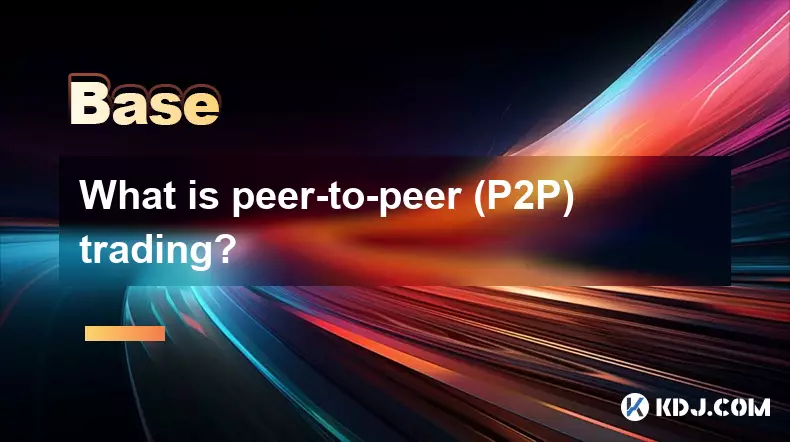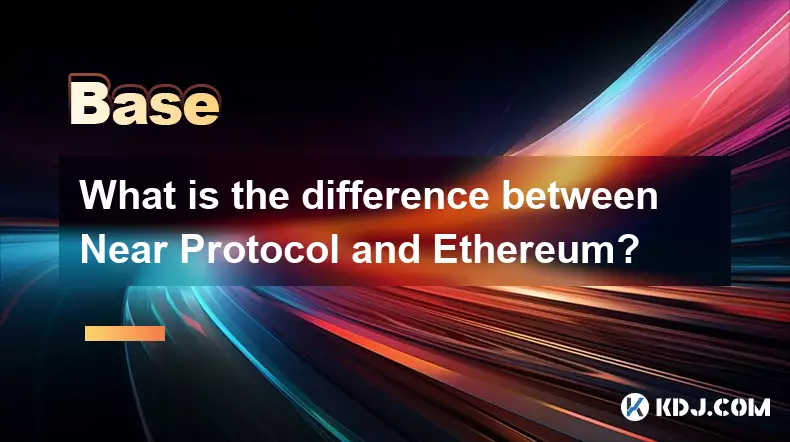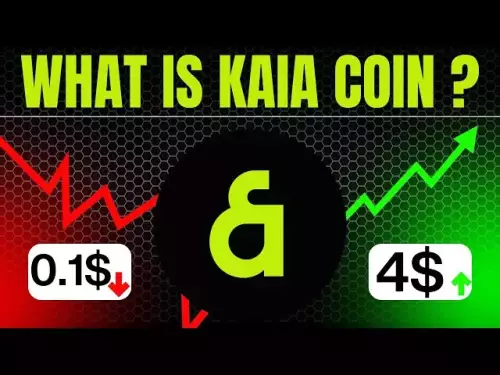-
 bitcoin
bitcoin $112715.707551 USD
-1.71% -
 ethereum
ethereum $4101.475385 USD
-3.01% -
 tether
tether $1.000644 USD
-0.02% -
 bnb
bnb $1207.619465 USD
-6.77% -
 xrp
xrp $2.501451 USD
-3.98% -
 solana
solana $202.947124 USD
-3.32% -
 usd-coin
usd-coin $1.000295 USD
0.04% -
 dogecoin
dogecoin $0.203884 USD
-4.47% -
 tron
tron $0.317154 USD
-1.72% -
 cardano
cardano $0.695009 USD
-4.43% -
 hyperliquid
hyperliquid $38.853961 USD
-8.23% -
 chainlink
chainlink $18.988674 USD
-4.64% -
 ethena-usde
ethena-usde $1.000233 USD
-0.03% -
 stellar
stellar $0.337050 USD
-3.63% -
 bitcoin-cash
bitcoin-cash $536.861728 USD
-1.28%
What is peer-to-peer (P2P) trading?
P2P crypto trading enables direct, secure transactions without intermediaries, offering financial inclusion, autonomy, and censorship resistance worldwide.
Aug 29, 2025 at 11:00 pm

Understanding Peer-to-Peer (P2P) Trading in the Cryptocurrency Ecosystem
1. Peer-to-peer (P2P) trading refers to the direct exchange of digital assets between two users without the involvement of a centralized intermediary. In the cryptocurrency space, this model allows individuals to buy and sell cryptocurrencies like Bitcoin, Ethereum, and others directly from their digital wallets. Transactions are facilitated through decentralized platforms or applications that match buyers with sellers based on price, payment method, and reputation.
2. Unlike traditional exchanges where orders are executed through an order book managed by the platform, P2P trading relies on user-driven negotiations. Sellers list their offers specifying the cryptocurrency amount, price, and acceptable payment methods such as bank transfers, mobile money, or gift cards. Buyers then choose an offer and initiate the transaction, with the platform often holding the crypto in escrow until the seller confirms receipt of payment.
3. One of the most significant advantages of P2P trading is its resistance to censorship and financial exclusion. Users in regions with restricted access to centralized exchanges or banking services can still participate in the global crypto economy. This inclusivity has driven adoption in emerging markets where traditional financial infrastructure is underdeveloped.
4. Trust is maintained through reputation systems, user verification, and escrow mechanisms. Participants are encouraged to complete identity verification to increase their credibility. Feedback from past transactions helps users assess the reliability of potential trading partners. Disputes are typically resolved by platform moderators who review chat logs and payment proofs.
5. P2P platforms such as LocalBitcoins, Paxful, and Binance P2P have become popular due to their flexibility and global reach. These platforms support a wide range of fiat currencies and payment methods, enabling cross-border transactions with minimal friction. The absence of rigid KYC requirements on some platforms also appeals to privacy-conscious users.
How P2P Trading Enhances Financial Autonomy
1. P2P trading empowers individuals to become their own financial institutions by removing reliance on banks and brokers. Users maintain full control over their private keys and funds, reducing the risk of exchange hacks or insolvency. This aligns with the core principles of decentralization and self-sovereignty that underpin blockchain technology.
2. Transactions occur directly between wallets, minimizing the number of third parties involved. This reduces counterparty risk and lowers the potential for data misuse. Since users are not required to deposit funds into a centralized custodian, they avoid the vulnerabilities associated with pooled assets.
3. The model supports financial innovation by enabling microtransactions, cross-border remittances, and alternative payment rails. For example, migrant workers can send cryptocurrency to family members who can then sell it locally via P2P for immediate cash. This bypasses high remittance fees and long processing times associated with traditional services.
4. In countries experiencing hyperinflation or capital controls, P2P trading provides a lifeline for preserving wealth. Citizens can convert local currency into stablecoins or Bitcoin to protect savings from devaluation. The decentralized nature of the network makes it difficult for authorities to block these transactions entirely.
5. Regulatory scrutiny varies across jurisdictions, but many P2P platforms operate in a gray area by positioning themselves as facilitators rather than financial institutions. This allows them to function in regions where full crypto exchange licensing is not feasible.
Risks and Challenges in P2P Cryptocurrency Trading
1. Scams and fraudulent activity remain a persistent issue in P2P markets. Fake payment confirmations, chargeback fraud, and impersonation are common tactics used by malicious actors. New users are particularly vulnerable due to lack of experience in verifying transaction legitimacy.
2. Liquidity can be inconsistent, especially for less popular cryptocurrencies or in regions with fewer active traders. Users may face delays in finding suitable offers or be forced to accept unfavorable rates. This contrasts with centralized exchanges that aggregate deep liquidity pools.
3. Price discrepancies between P2P platforms and global market rates can lead to arbitrage opportunities but also expose users to losses. Premiums on P2P markets are often higher due to perceived risk and limited supply, particularly during periods of high demand or regulatory crackdowns.
4. Dispute resolution processes vary in efficiency and fairness. Some platforms have well-established mediation teams, while others may lack transparency in decision-making. Users must carefully read platform policies before engaging in high-value trades.
5. Regulatory changes can impact the availability of P2P services. Governments may require stricter KYC procedures or ban certain payment methods, reducing the accessibility of the platform for unverified users. Compliance requirements can also deter privacy-focused participants.
Frequently Asked Questions
What payment methods are commonly used in P2P crypto trading?Bank transfers, mobile money (e.g., M-Pesa), PayPal, gift cards, and cash deposits are widely accepted. The availability depends on the region and platform policies.
How does escrow work in P2P transactions?The platform locks the seller's cryptocurrency in a secure smart contract or internal wallet when a buyer initiates a trade. Once the seller confirms receipt of the fiat payment, the crypto is released to the buyer. If a dispute arises, moderators review evidence before releasing funds.
Can I trade without verifying my identity on P2P platforms?Yes, many platforms allow unverified accounts to conduct limited-volume trades. However, higher trading limits and access to premium features usually require identity verification.
Are P2P trades reversible?Cryptocurrency transactions themselves are irreversible once confirmed on the blockchain. However, the fiat portion of the trade may be subject to chargebacks depending on the payment method used, which introduces risk for sellers.
Disclaimer:info@kdj.com
The information provided is not trading advice. kdj.com does not assume any responsibility for any investments made based on the information provided in this article. Cryptocurrencies are highly volatile and it is highly recommended that you invest with caution after thorough research!
If you believe that the content used on this website infringes your copyright, please contact us immediately (info@kdj.com) and we will delete it promptly.
- Crypto News, Crypto Gems, Live Today: Unearthing the Next 1000x Crypto
- 2025-10-15 20:25:16
- Ethereum, Altcoins, and Investment: Navigating the Crypto Landscape in 2025
- 2025-10-15 20:25:16
- EUROD: ODDO BHF's Stablecoin Signals a Euro-Powered Crypto Future
- 2025-10-15 20:30:01
- Mark Yusko on Bitcoin: Why Government Buying is Inevitable
- 2025-10-15 20:30:01
- Kart Rumble: The Meme Coin Gaining Traction in Web3 Gaming
- 2025-10-15 20:30:01
- Yield Guild Games (YGG) Lands on Upbit: A New Chapter for P2E?
- 2025-10-15 20:30:15
Related knowledge

How do decentralized identity (DID) solutions work?
Oct 14,2025 at 11:36pm
Understanding Decentralized Identity in the Blockchain Ecosystem1. Decentralized identity (DID) solutions are built on blockchain networks, allowing i...

What is the difference between Near Protocol and Ethereum?
Oct 15,2025 at 08:01am
Near Protocol and Ethereum: Core Architectural Differences1. Near Protocol operates on a sharded blockchain architecture known as Nightshade, which al...

What does it mean for code to be "open source" in crypto?
Oct 12,2025 at 01:54pm
Understanding Open Source in the Cryptocurrency Ecosystem1. In the context of cryptocurrency, open source refers to software whose code is publicly ac...

What is the purpose of a "testnet"?
Oct 12,2025 at 09:01am
Understanding the Role of Testnets in Blockchain Development1. A testnet serves as a parallel version of a blockchain network, designed specifically f...

How to avoid phishing scams in crypto?
Oct 13,2025 at 06:18pm
Understanding Common Crypto Phishing Tactics1. Cybercriminals frequently use fake websites that mirror legitimate crypto exchanges or wallet platforms...

What is the difference between single-collateral and multi-collateral Dai?
Oct 12,2025 at 05:18pm
Understanding Single-Collateral Dai1. Single-Collateral Dai (SCD) was the original version of the Dai stablecoin launched by MakerDAO in 2017. It allo...

How do decentralized identity (DID) solutions work?
Oct 14,2025 at 11:36pm
Understanding Decentralized Identity in the Blockchain Ecosystem1. Decentralized identity (DID) solutions are built on blockchain networks, allowing i...

What is the difference between Near Protocol and Ethereum?
Oct 15,2025 at 08:01am
Near Protocol and Ethereum: Core Architectural Differences1. Near Protocol operates on a sharded blockchain architecture known as Nightshade, which al...

What does it mean for code to be "open source" in crypto?
Oct 12,2025 at 01:54pm
Understanding Open Source in the Cryptocurrency Ecosystem1. In the context of cryptocurrency, open source refers to software whose code is publicly ac...

What is the purpose of a "testnet"?
Oct 12,2025 at 09:01am
Understanding the Role of Testnets in Blockchain Development1. A testnet serves as a parallel version of a blockchain network, designed specifically f...

How to avoid phishing scams in crypto?
Oct 13,2025 at 06:18pm
Understanding Common Crypto Phishing Tactics1. Cybercriminals frequently use fake websites that mirror legitimate crypto exchanges or wallet platforms...

What is the difference between single-collateral and multi-collateral Dai?
Oct 12,2025 at 05:18pm
Understanding Single-Collateral Dai1. Single-Collateral Dai (SCD) was the original version of the Dai stablecoin launched by MakerDAO in 2017. It allo...
See all articles


























![Staking ATH: How To Stake $ATH in October 2025 with 523% APY — [Step-By-Step Guide] Staking ATH: How To Stake $ATH in October 2025 with 523% APY — [Step-By-Step Guide]](/uploads/2025/10/15/cryptocurrencies-news/videos/staking-ath-stake-ath-october-apy-stepstep-guide/68eef94d80903_image_500_375.webp)















































